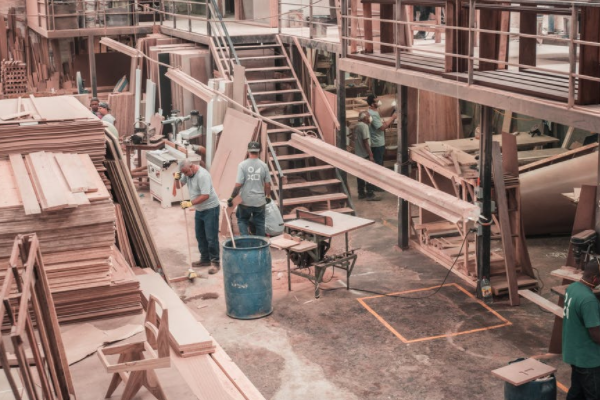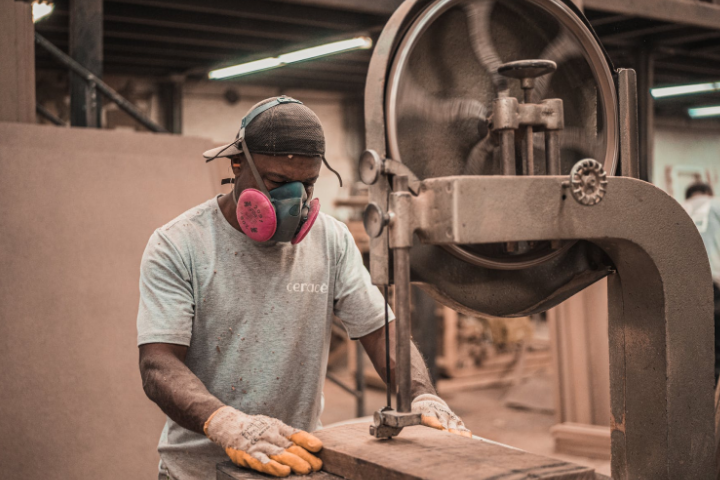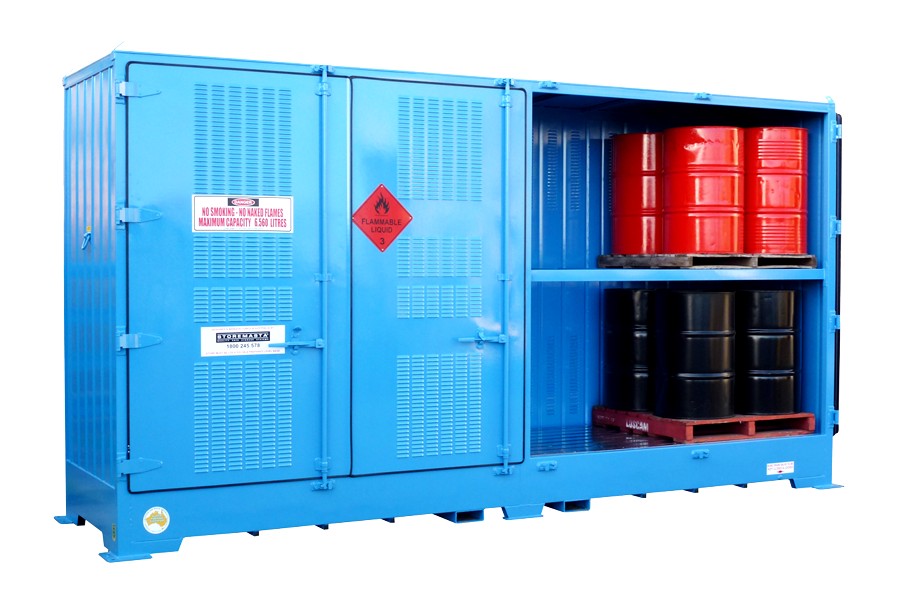 Production lines have a long history of development and evolution.
Production lines have a long history of development and evolution.
Though the true origins may be ancient, the industrial version closest to the current system is believed to be traced back to the 19th century. Classic assembly lines had stationary workers that did very specific jobs on each piece, linearly operating at a fixed pace that reduced any unnecessary movement, which reduced the time needed to finish a product.
A lot of businesses find their production lines lacking something, which causes a dip in profits. There are still a few ways where you can make your production line and overall manufacturing process more profitable.
Using the Material to Full Potential
You wouldn’t believe the amount of waste that can come out of a production line, and the problem is that not all waste is actually waste. Material is not something that you ever want to be wasted because it costs the most to procure. It’s important for your production line to be able to take full advantage of the materials used to avoid wasting metal. Make sure that your design incorporates techniques that naturally reduce material waste, such as value engineering and DFM. If you’re able to build a recycling line that recycles your manufacturing wastes, don’t hesitate to do so. You can always sell waste that you can’t use to other factories and turn it into profit.
In-Depth Quantification
If you don’t know how much your production line costs to operate down to the very minute details, you can be wasting a lot of money on the wrong materials or process. There is no doubt that the dollar value you assign to each process and material can help you figure out what’s stopping your production line from being more profitable. Sometimes outsourcing something that you need from the right partners can help increase the efficiency of your production line. If your line creates exotic types of furniture based in countries like Vietnam, outsourcing from reliable home and office furniture manufacturing partners the products that are hard to procure will increase the efficiency of the production line. While a lot of factories focus on material costs, not many take into account the worker hours, damage to equipment, repair costs, and many other factors. Once you make a list of the incoming and outgoing funds, you’ll be able to know which areas need improvement.
Training
Sometimes your first line of defense again reduced profits is hands-on practical training for all employees. There are numerous mistakes that can make a production line earn less money. Keeping your workers aware of the common mistakes of production and knowing how to eliminate elements that can cause delays in the manufacturing process will help ensure a fast and profitable production line. If your workers become more conscious of multiple processes, they’ll be able to autonomously troubleshoot problems and switch things up during repetitive tasks.
Proper Implementation of Automation
A lot of factories are eager to replace staff with automated machines, and while that can sometimes be highly effective, it’s not really the best choice in every single scenario. Automation must be done when it’s believed that it will make the production line faster, cheaper, and less flawed. If you get a machine that requires workers to keep an eye on all the time in addition to requiring a lot of maintenance, you’re on the losing end of the bargain.
 Getting the proper machine will help free up workers to focus on different aspects of the production line, which can make the process more profitable as it’s constantly tweaked for better performance. Don’t think that automation is a good cause to get rid of the workers, as their logic and reasoning are essential, not to mention that automation should only complement the performance of the working environment.
Getting the proper machine will help free up workers to focus on different aspects of the production line, which can make the process more profitable as it’s constantly tweaked for better performance. Don’t think that automation is a good cause to get rid of the workers, as their logic and reasoning are essential, not to mention that automation should only complement the performance of the working environment.
Synchronization of Engineering and Manufacturing
If there is no proper communication line between the workers who take care of the production operation every day, you can’t expect your production line to be operating profitably. You need to encourage your workers to start communicating more with other departments and solving problems together instead of leaving it up to bureaucratic management. Your engineers should have a few rounds in the manufacturing process to see how their designs are being implemented and if there is anything that could be improved after seeing it in action. Interdepartmental communication can help your workers plan ahead and become autonomous when they’re solving any production line problems.
Assembly lines have seen a lot of development in the past few decades and automation helped create a highly efficient model that allowed products to be mass-produced on grand scales. Paying attention to the little details in a production line can translate into bigger profits and more efficient workers.
Become a Harlem Insider!
By submitting this form, you are consenting to receive marketing emails from: . You can revoke your consent to receive emails at any time by using the SafeUnsubscribe® link, found at the bottom of every email. Emails are serviced by Constant Contact








